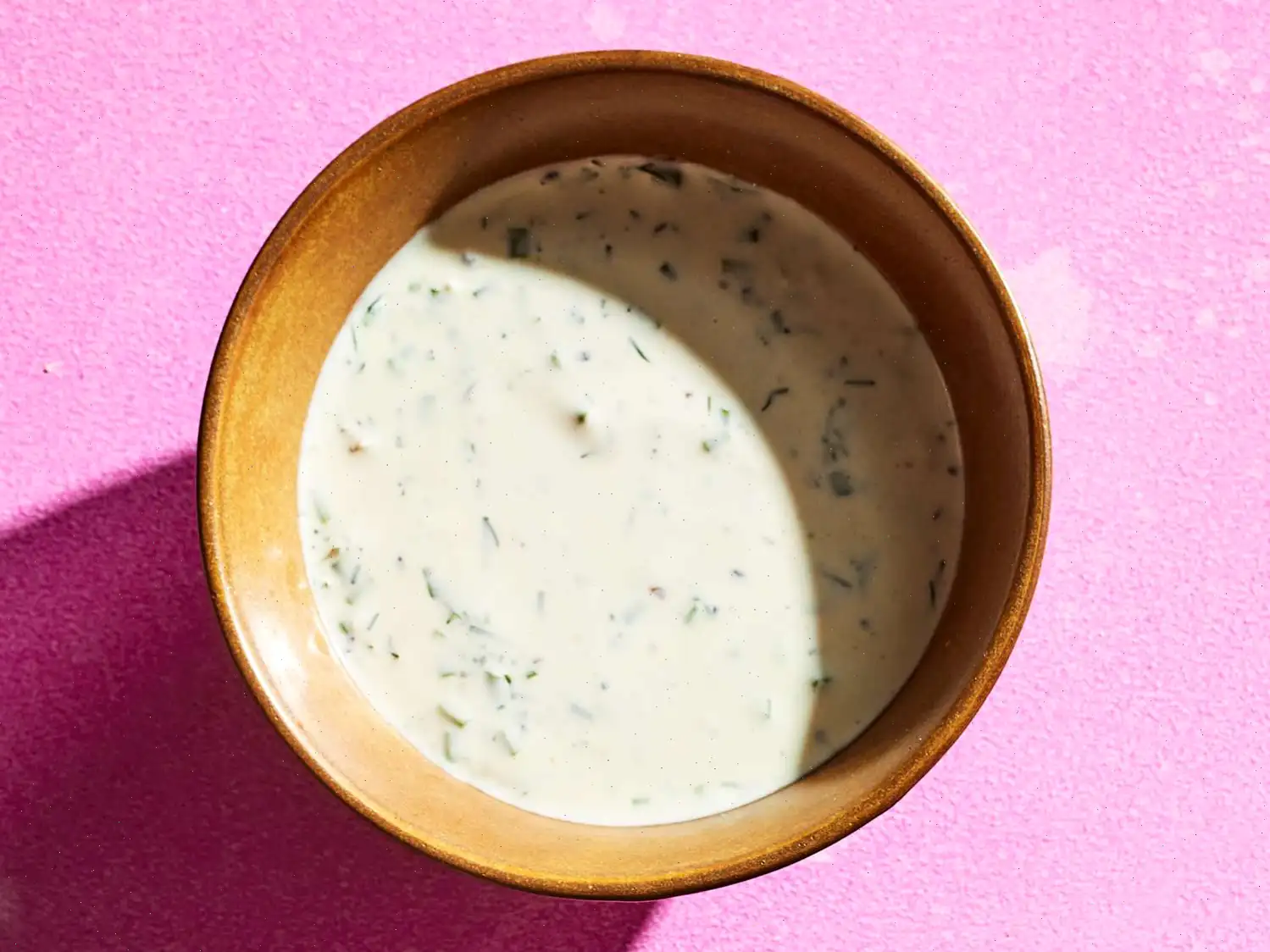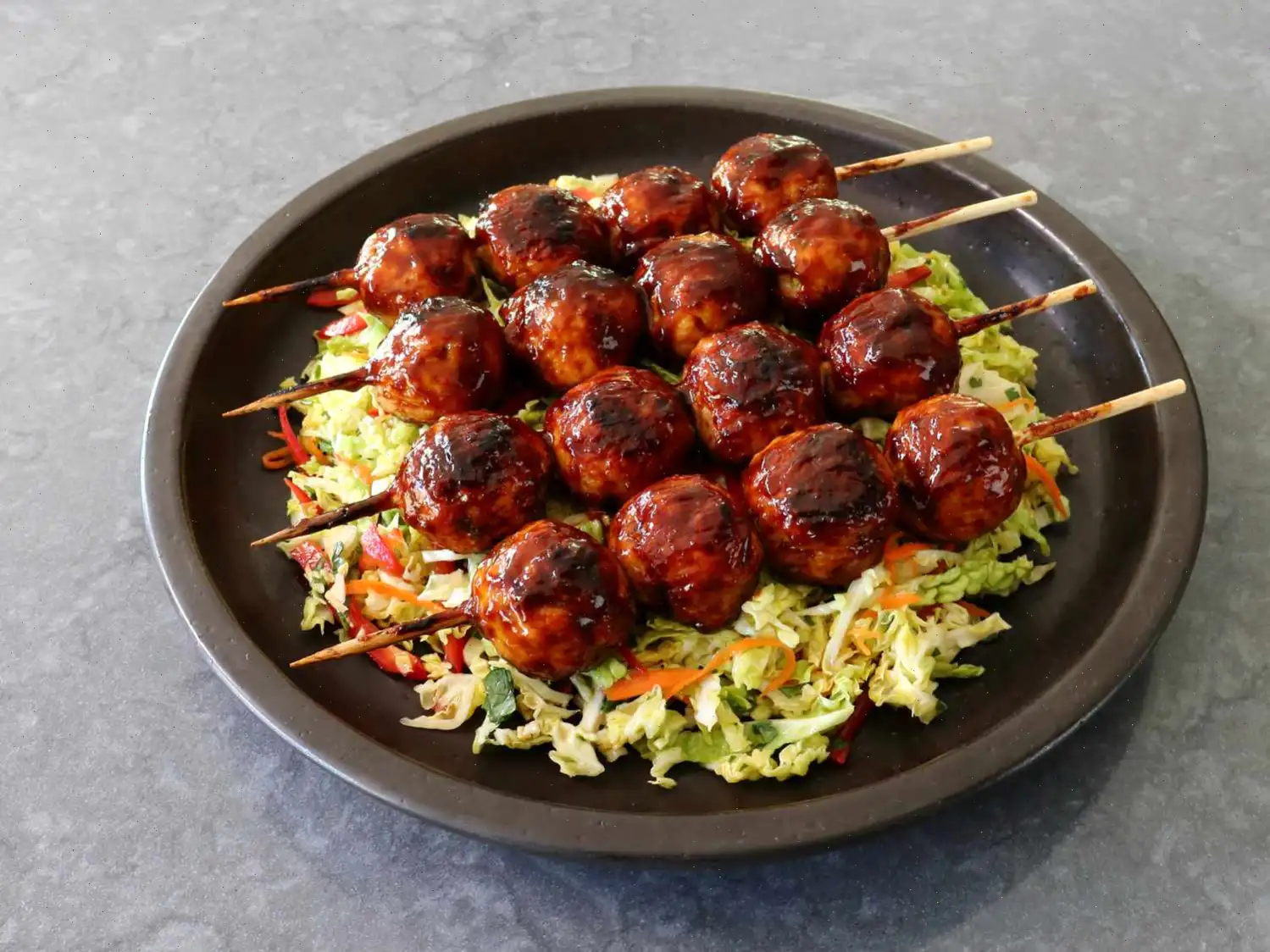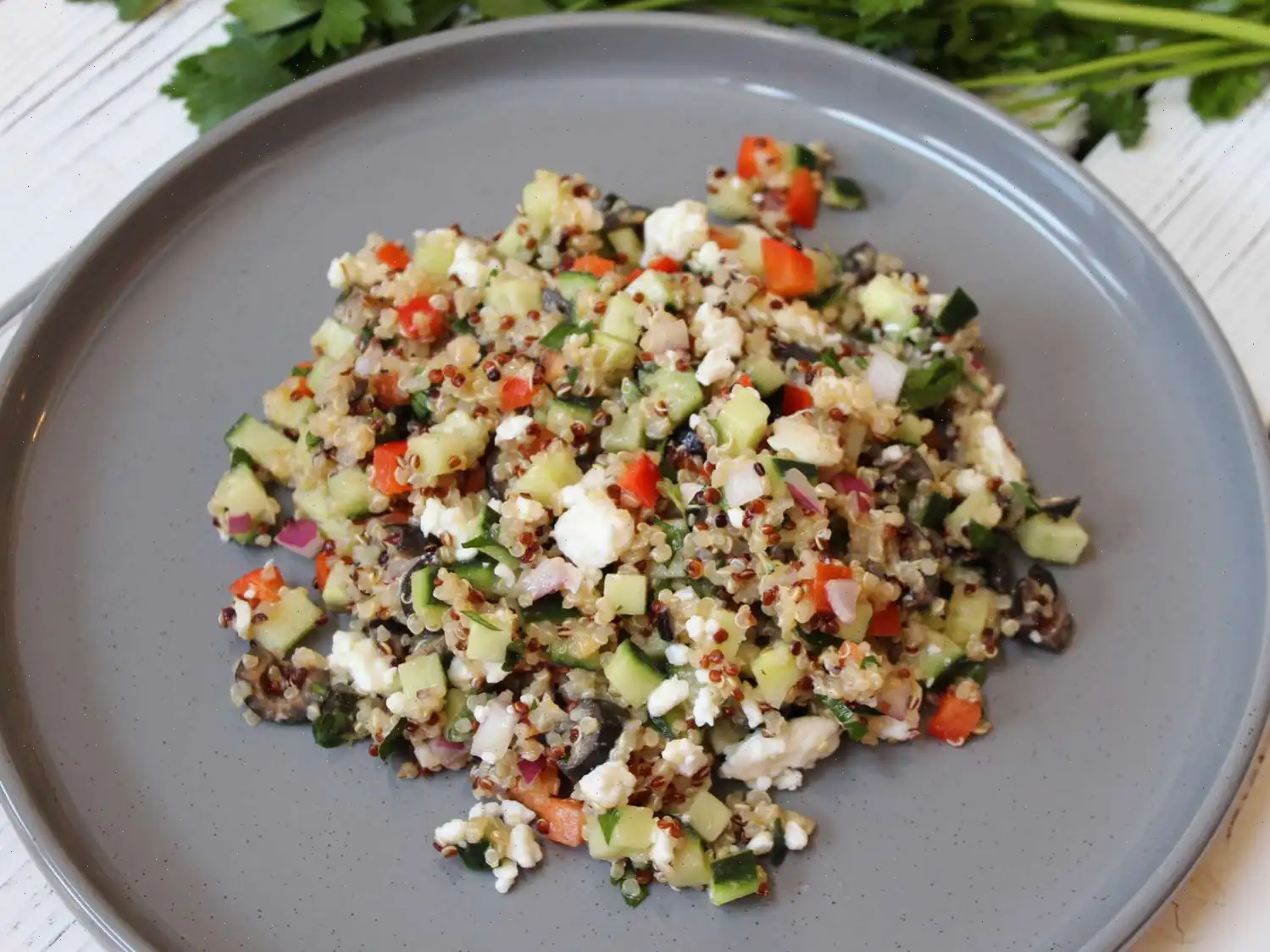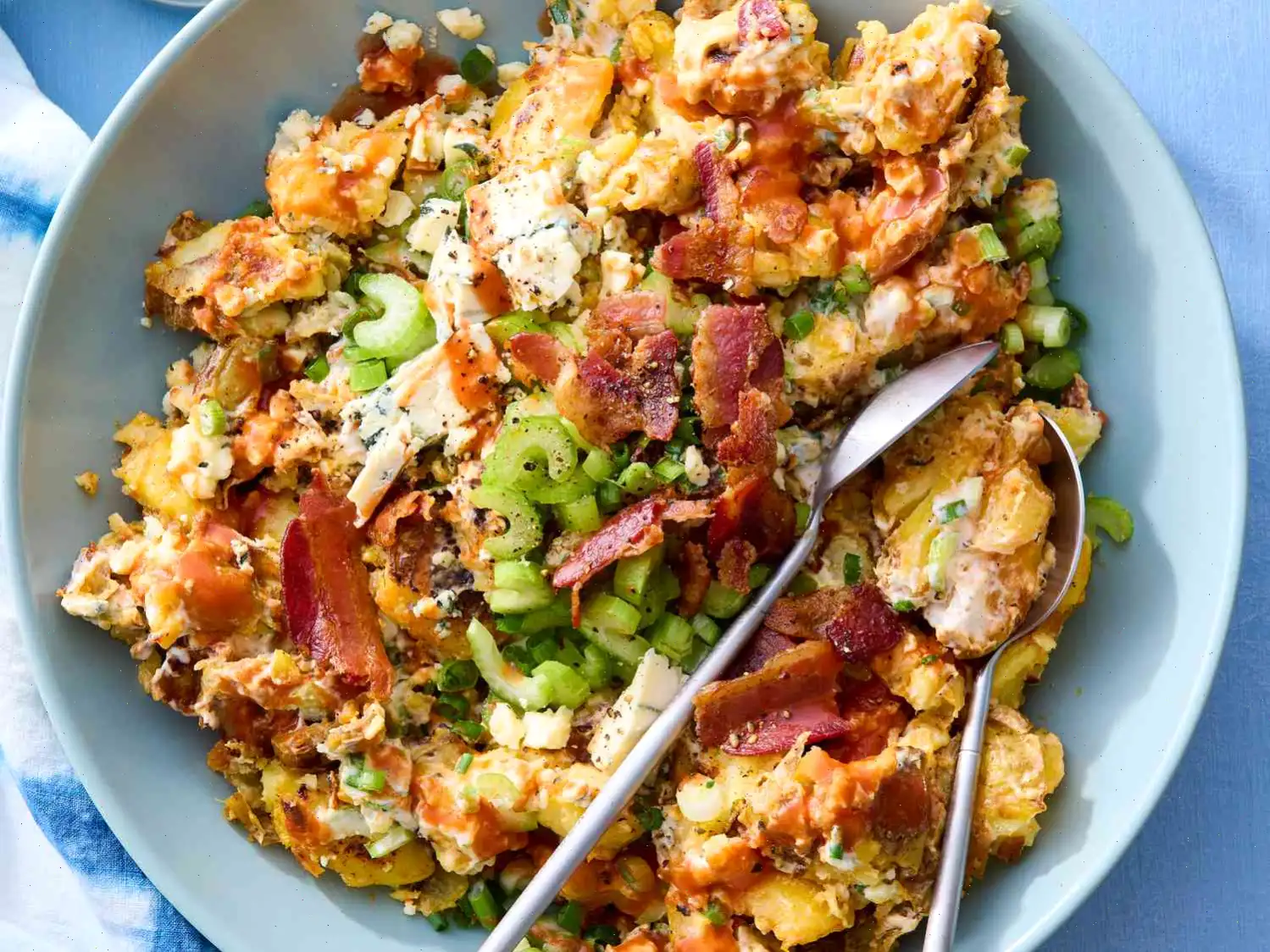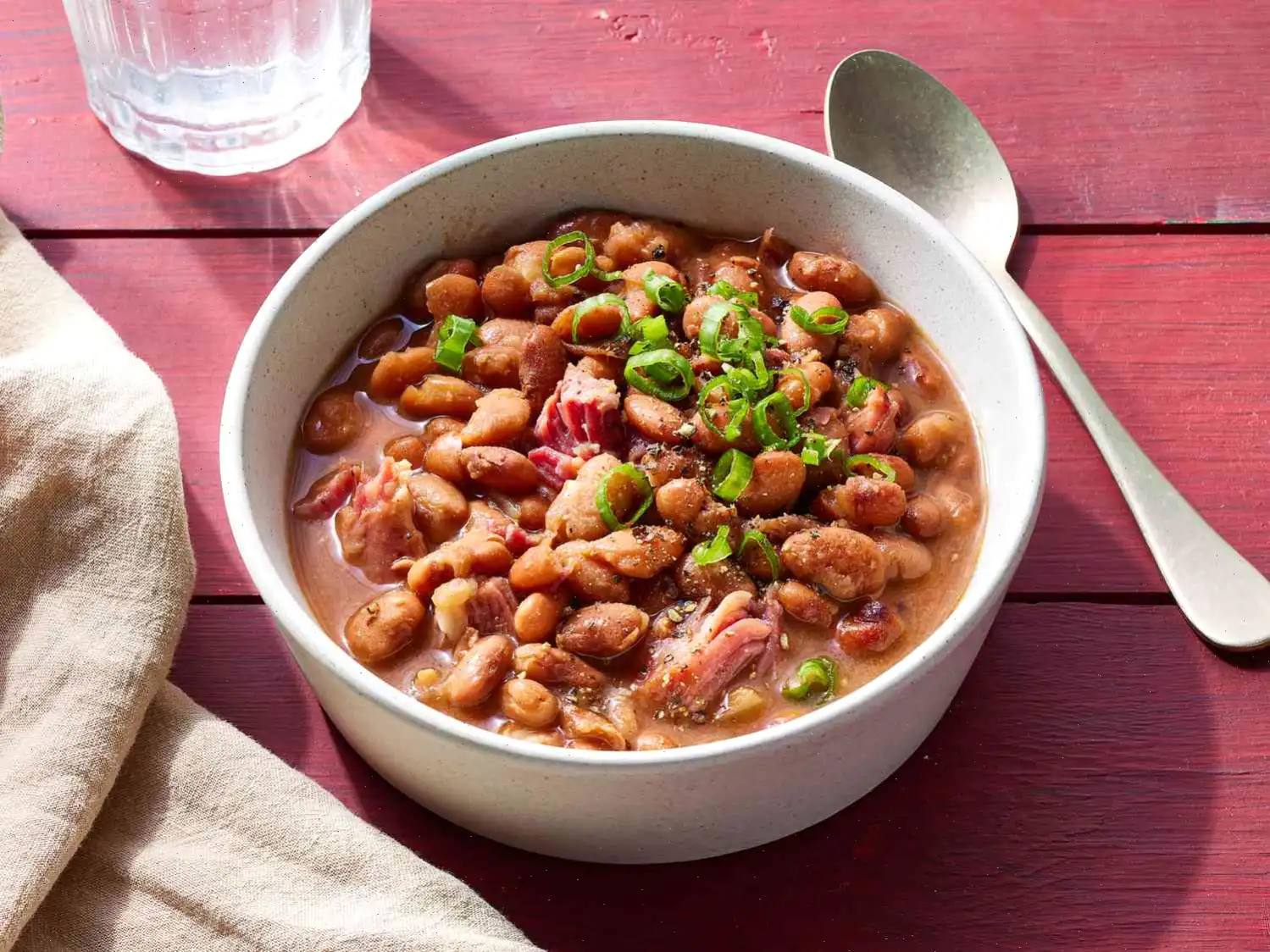
Buttermilk Ranch Recipe
Ingredients
This recipe is based on the original yield. Ingredient amounts scale automatically, but cooking steps remain the same. Note that scaling may affect results slightly.
- 1/2 cup buttermilk
- 1/2 cup sour cream
- 1/4 cup mayonnaise
- 1/4 cup finely chopped chives
- 2 tablespoons fresh dill, chopped
- 2 teaspoons garlic, minced
- 2 teaspoons Dijon mustard
- 1/2 teaspoon salt
- 1/2 teaspoon freshly ground black pepper
Original recipe yield: 20 servings
Directions
- In a medium mixing bowl, combine buttermilk, sour cream, and mayonnaise until smooth and creamy.
- Add chopped chives, dill, minced garlic, and Dijon mustard to the mixture. Stir until herbs are evenly distributed.
- Season with salt and black pepper, mixing well to balance the flavors.
- Cover the bowl tightly and refrigerate. Allow the dressing to chill for up to 5 days for optimal flavor.
Nutrition Facts (per serving)
- Calories: 34
- Total Fat: 3g (4% DV)
- Saturated Fat: 1g (5% DV)
- Cholesterol: 5mg (2% DV)
- Sodium: 97mg (4% DV)
- Total Carbohydrate: 1g (0% DV)
- Dietary Fiber: 0g (0% DV)
- Total Sugars: 1g
- Protein: 0g (1% DV)
- Vitamin C: 1mg (1% DV)
- Calcium: 15mg (1% DV)
- Iron: 0mg (0% DV)
- Potassium: 22mg (0% DV)
Percent Daily Values are based on a 2,000 calorie diet. Individual needs may vary. Nutrient information may be incomplete for some ingredients. Consult a healthcare professional if following a medically restrictive diet.

History and Origin
The Buttermilk Ranch dressing, often just called "Ranch," is a staple in American cuisine. Its origins can be traced back to the 1950s when it was created by a man named Steve Henson. Henson, a former ranch-hand, developed the dressing while working in Alaska. He later moved to California and started selling his recipe to local restaurants. Ranch dressing quickly became popular across the United States due to its creamy texture and tangy flavor, making it a favorite dip for vegetables, salads, and even pizza. The invention of Ranch dressing marked a significant shift in the popularity of creamy salad dressings in the U.S., overshadowing more traditional vinaigrettes.
Regional Variations
Though the classic Buttermilk Ranch recipe remains the same, regional variations exist. In the South, Ranch is often paired with fried foods such as chicken tenders or fries, while in the Midwest, it is a common dip for fresh vegetable platters, often served at parties and gatherings. In California, where it originally gained prominence, Ranch dressing is sometimes enhanced with the addition of avocado or other fresh ingredients. This regional adaptability showcases Ranch dressings versatility, allowing it to complement a wide array of dishes.
How it Differs from Similar Dressings
Buttermilk Ranch differs from other creamy dressings, such as Blue Cheese or Caesar, in its flavor profile and ingredients. While Caesar dressing typically includes anchovies, garlic, and Parmesan cheese, and Blue Cheese dressing offers a more pungent, savory taste from the cheese, Buttermilk Ranch is milder and creamier. The use of buttermilk in Ranch gives it a tangy edge that is not found in other dressings. Furthermore, Ranch dressing often features fresh herbs like chives and dill, lending it a freshness that distinguishes it from other creamy dressings.
Where to Serve Buttermilk Ranch
Buttermilk Ranch dressing is incredibly versatile and can be served with a wide range of foods. It is a classic accompaniment to fresh salads, offering a creamy base to balance the crispness of greens. It is also the perfect dip for vegetables, particularly raw carrots, celery, and bell peppers. In addition to salads and veggies, Buttermilk Ranch is commonly served with chicken wings, pizza, and as a dressing for wraps or sandwiches. The dressings ability to pair with both healthy and indulgent foods is part of what makes it so popular.
Interesting Facts About Buttermilk Ranch
- The term "Ranch" refers to Steve Hensons original ranching background, where he would often prepare meals for workers on the ranch.
- Ranch dressing is the most popular salad dressing in the United States, outselling other varieties like Italian and French.
- In 2020, Americans consumed over 250 million pounds of Ranch dressing, demonstrating its iconic status in American cuisine.
- The original recipe, as created by Steve Henson, did not contain buttermilk. It was added later to enhance the dressings tanginess.


